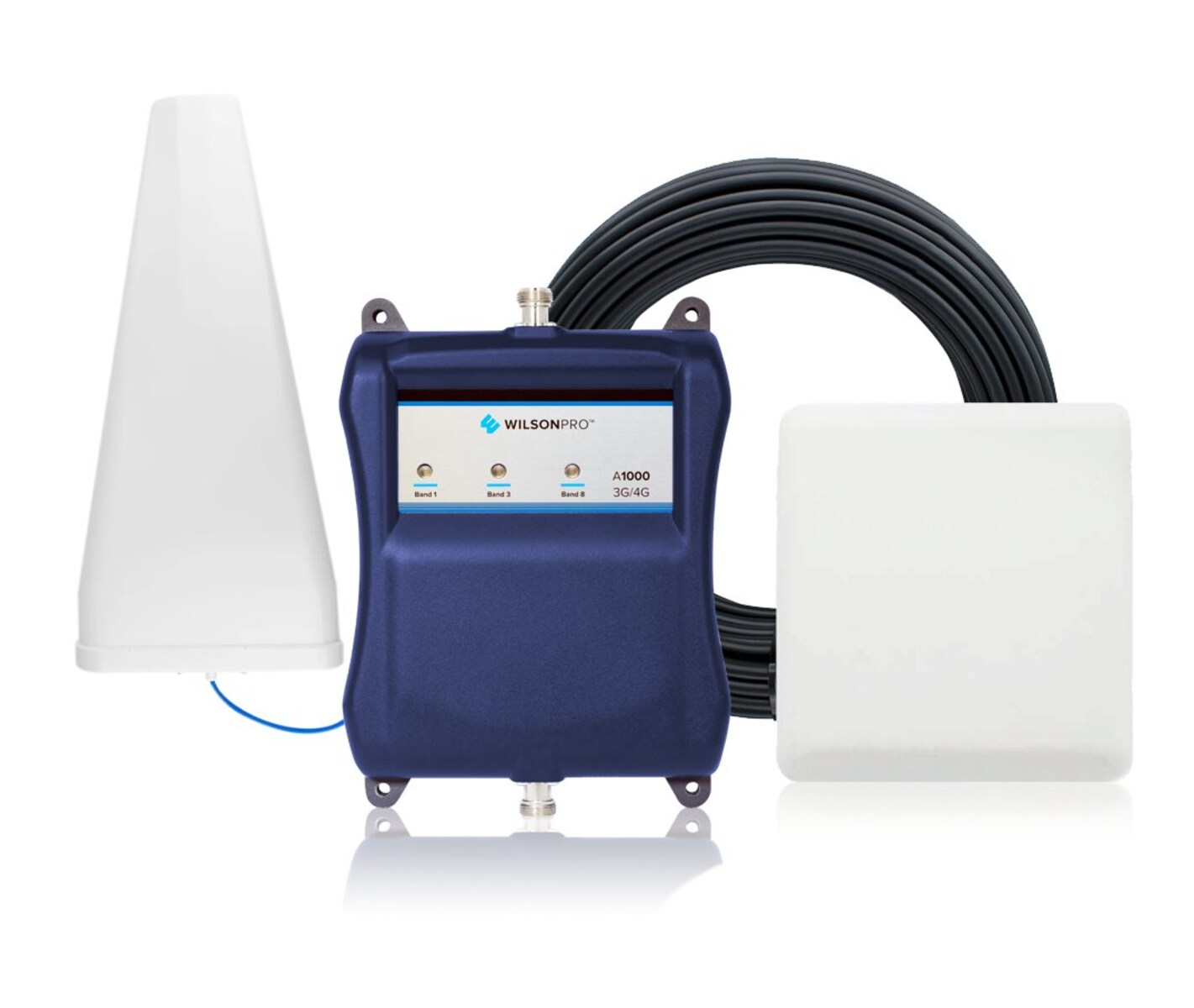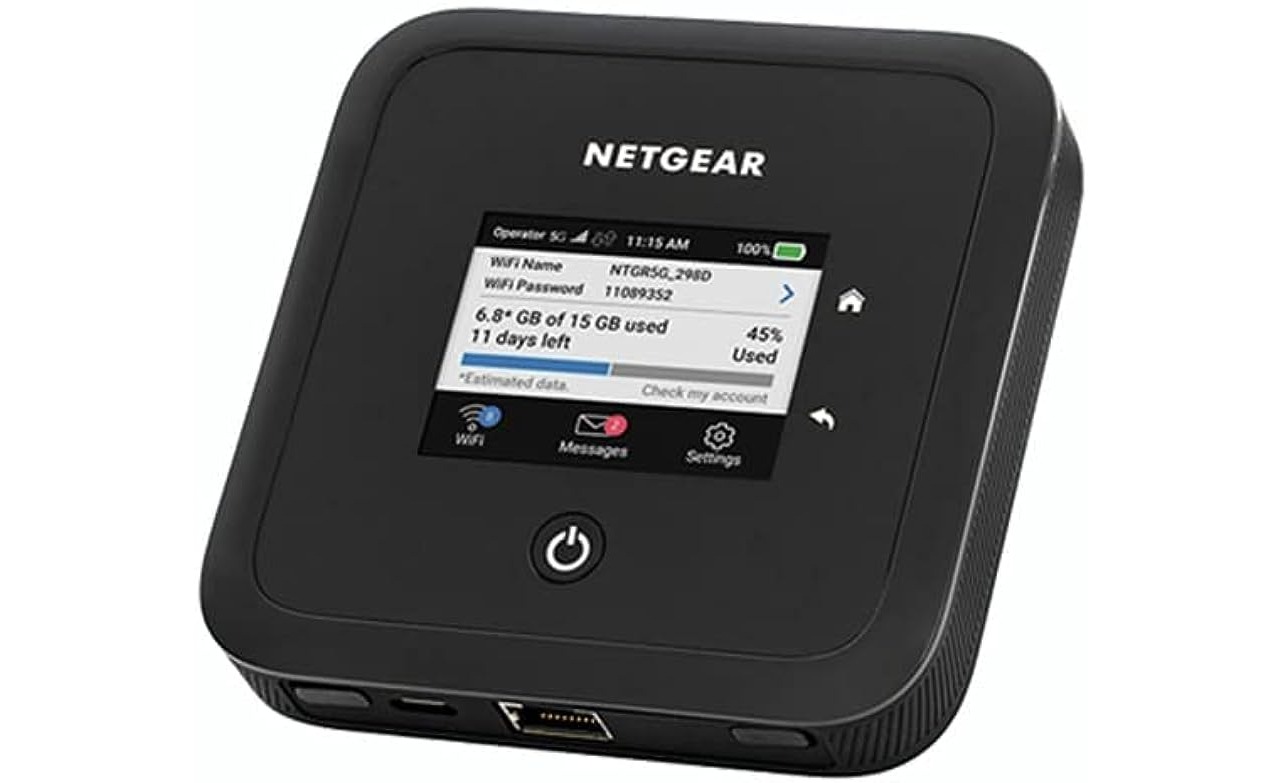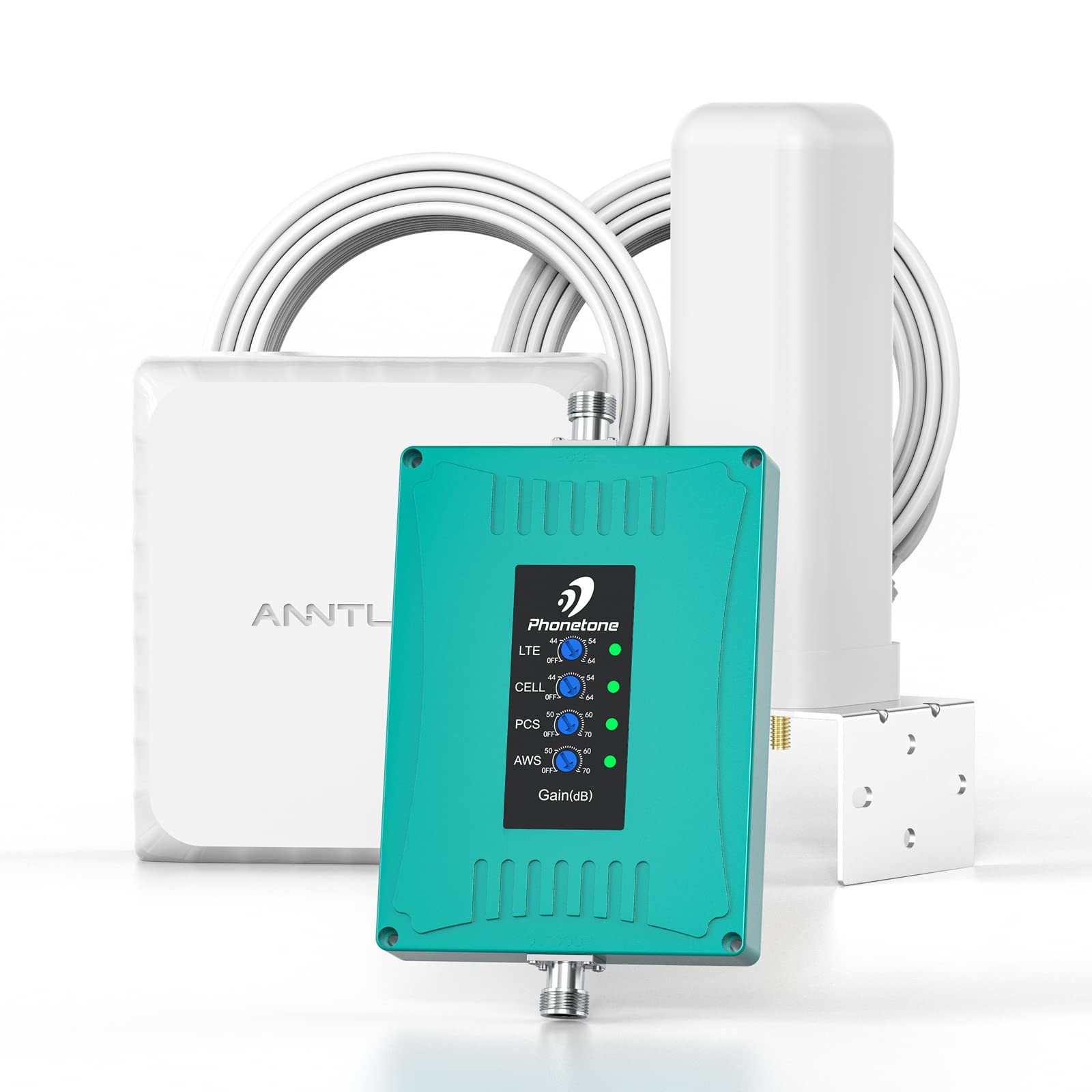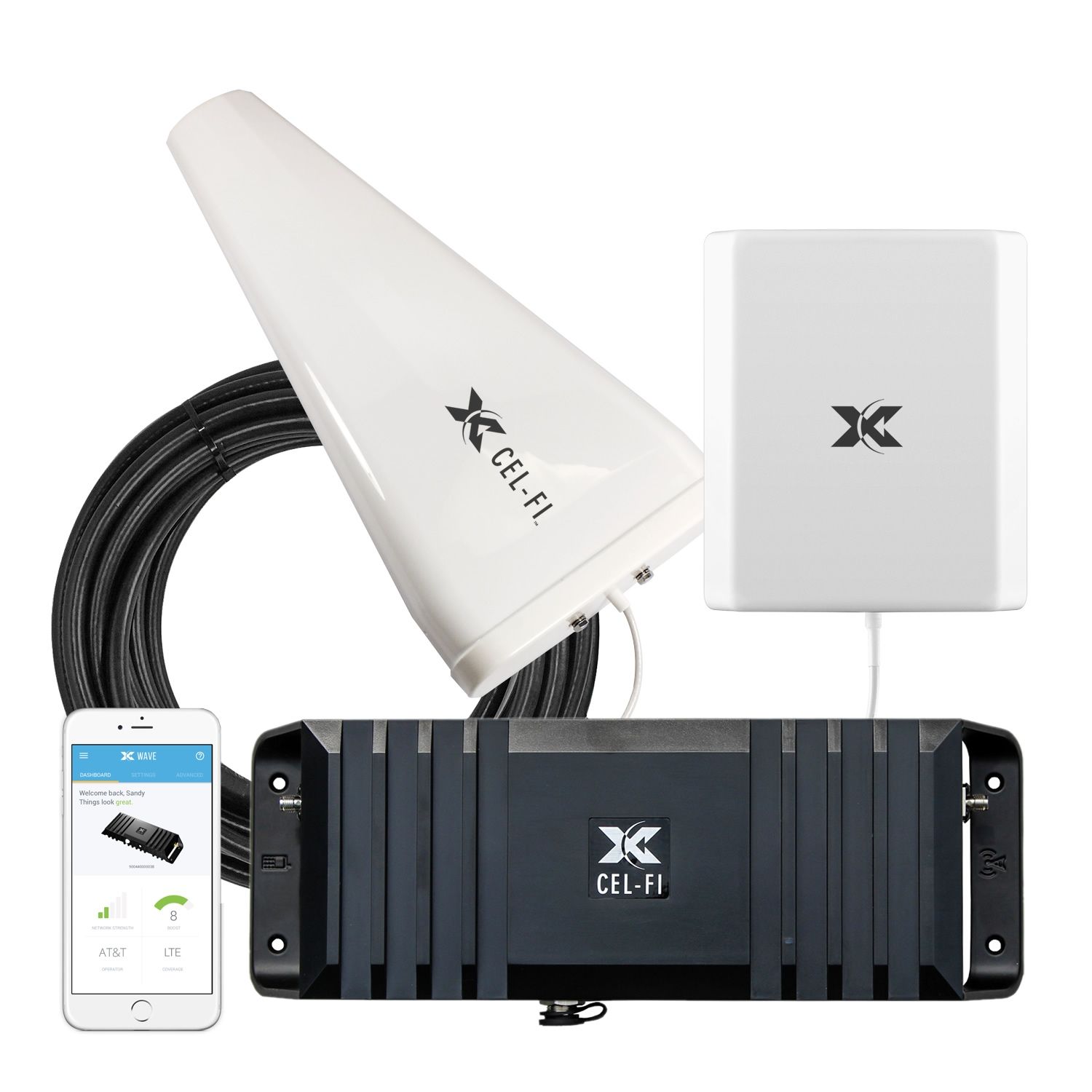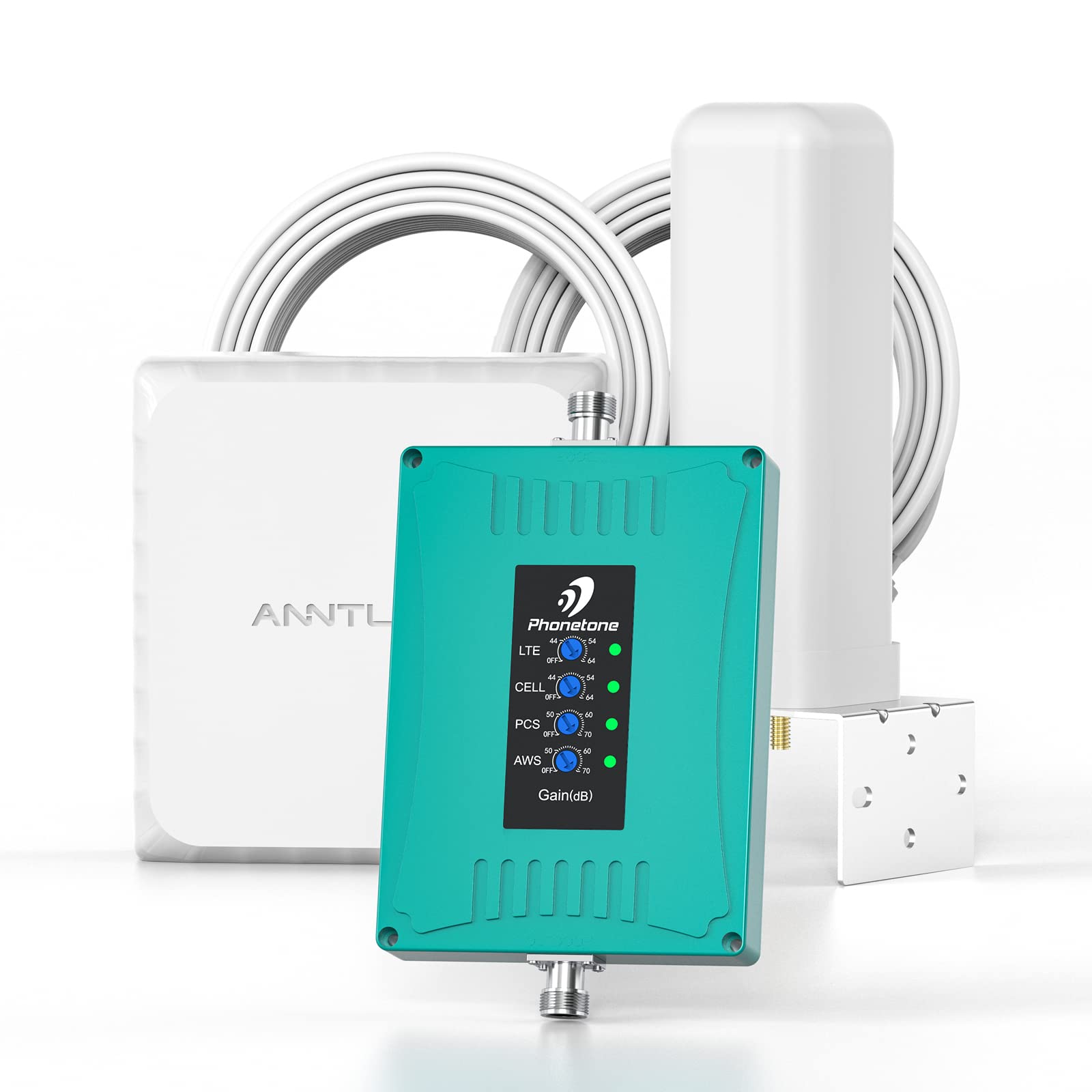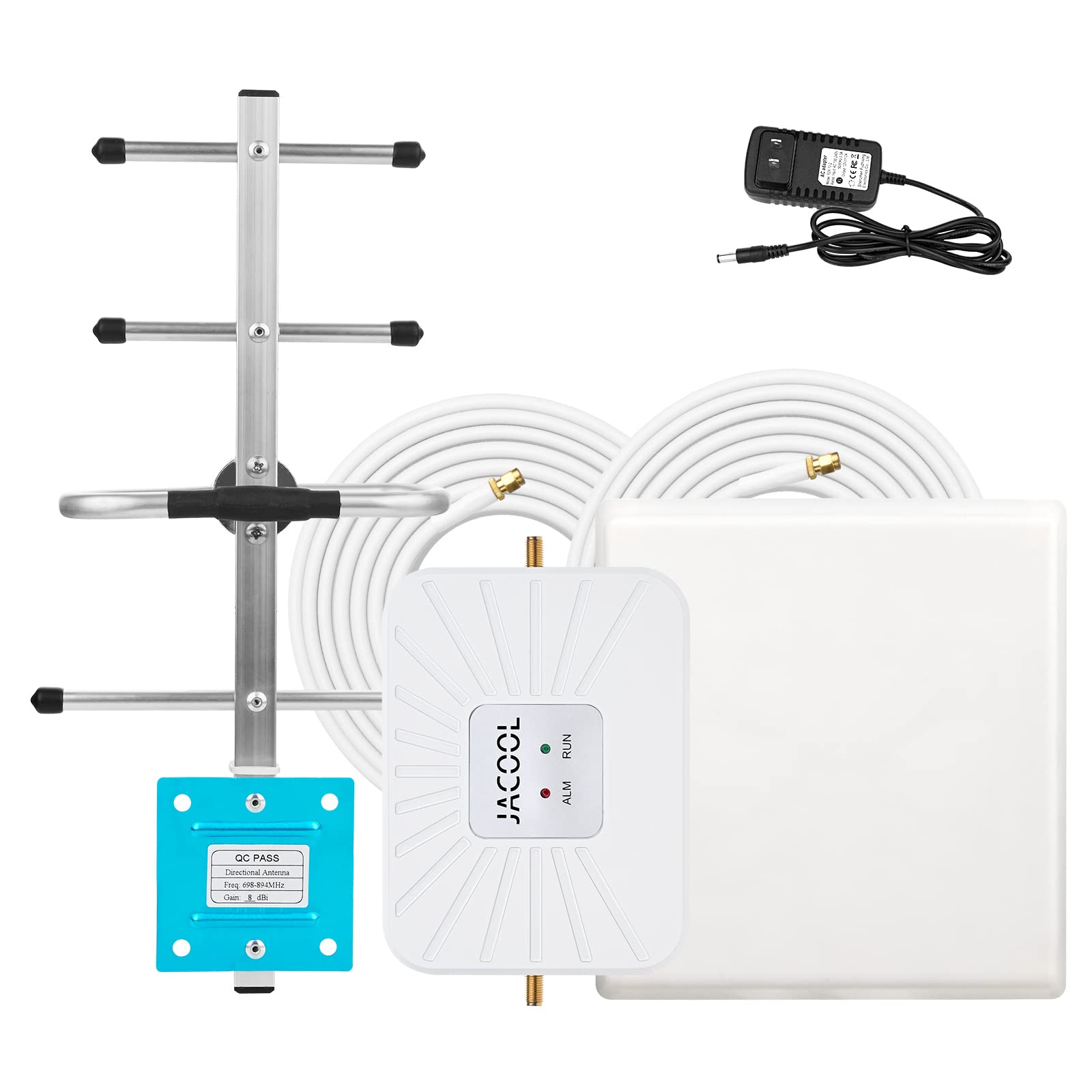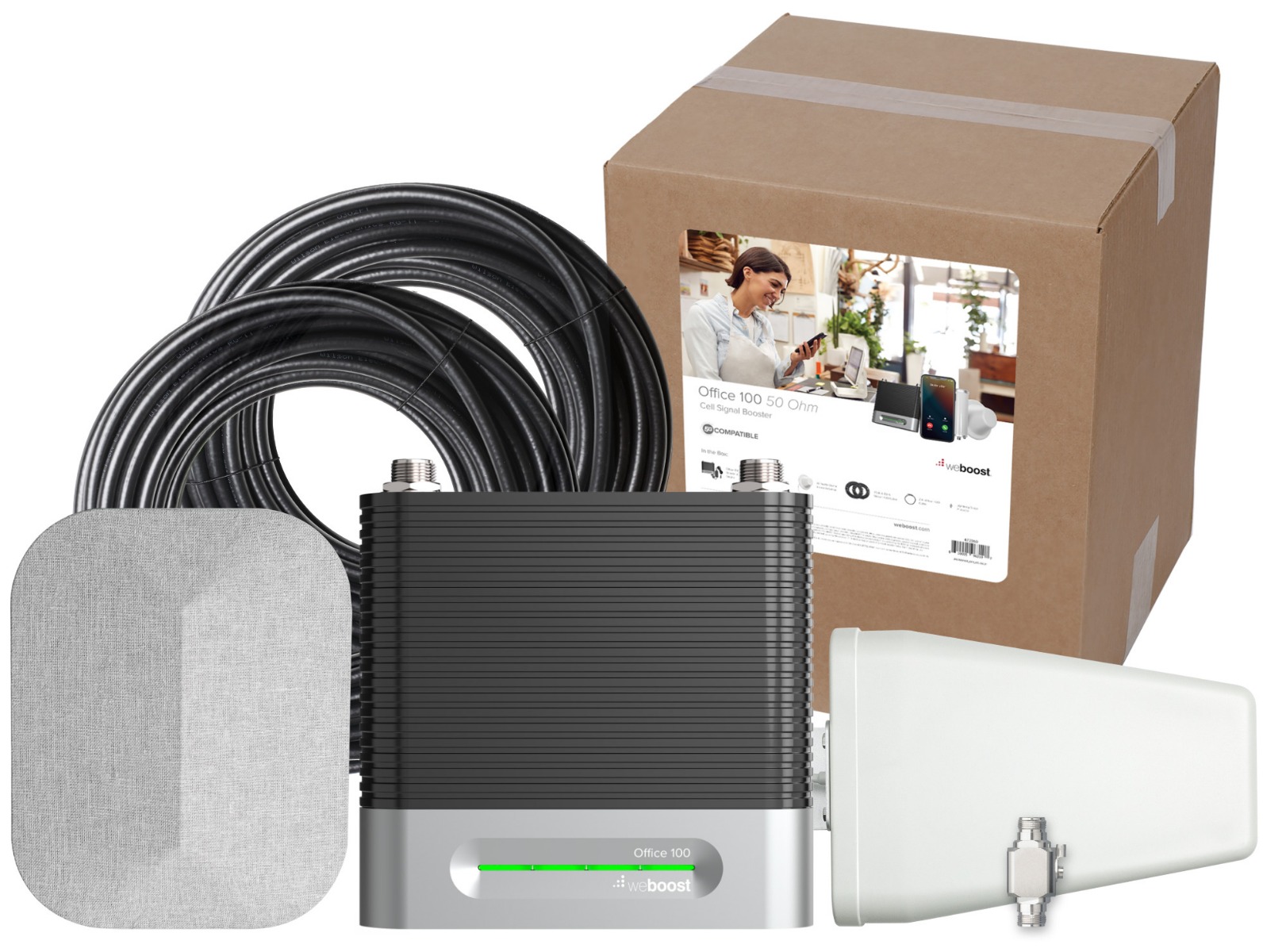Understanding Signal Boosters
Signal boosters, also known as cell phone boosters or amplifiers, are devices designed to enhance the quality and strength of cellular signals. They work by amplifying weak signals from cell towers, thereby improving call quality, reducing dropped calls, and increasing data speeds for mobile devices. Understanding the basics of signal boosters is crucial for anyone seeking to optimize their cell phone performance, particularly in areas with poor signal reception.
How Signal Boosters Work
Signal boosters consist of three primary components: an external antenna, an amplifier, and an internal antenna. The external antenna is typically mounted outside a building or vehicle to capture the existing weak signal. This signal is then transmitted to the amplifier, which boosts the strength of the signal. Finally, the amplified signal is broadcasted within the desired area by the internal antenna, providing improved cellular reception for any devices within its range.
Legal Considerations
It's important to note that the use of signal boosters is subject to regulations to prevent interference with cellular networks. In the United States, for example, signal boosters must be registered with the network provider, and they are only permitted for use with carrier approval. Additionally, signal boosters must comply with specific technical standards to ensure they do not disrupt the broader cellular network.
Benefits of Signal Boosters
The advantages of deploying a signal booster are numerous. Beyond the obvious benefit of improved call quality and data speeds, signal boosters can also extend the battery life of mobile devices. When a device is struggling to connect to a weak signal, it consumes more power in the process. By providing a stronger signal, a signal booster can alleviate this strain on the device's battery, leading to longer battery life and improved overall efficiency.
Signal Boosters and Network Compatibility
It's essential to ensure that the signal booster is compatible with the specific network or networks used by the devices it will serve. Different carriers operate on distinct frequencies and technologies, so selecting a signal booster that aligns with the carrier's network specifications is critical for optimal performance.
Environmental Factors
Various environmental factors can impact the effectiveness of a signal booster. Obstructions such as buildings, terrain, and vegetation can attenuate cellular signals, affecting the booster's ability to capture and amplify them. Understanding these environmental variables is essential for determining the most suitable type of signal booster for a given location.
Cost Considerations
Signal boosters are available at various price points, and the cost can be influenced by factors such as the booster's range, supported technologies, and additional features. It's important to assess the specific needs of the intended application and consider the available budget when selecting a signal booster to ensure the best possible value.
By gaining a comprehensive understanding of signal boosters and their functionality, individuals can make informed decisions when choosing and deploying these devices to enhance their cell phone performance.
Factors to Consider When Choosing a Signal Booster
When selecting a signal booster, several crucial factors must be taken into account to ensure optimal performance and compatibility with the intended application. By carefully considering these factors, individuals can make informed decisions and choose a signal booster that effectively addresses their specific needs.
Signal Strength and Coverage Area
One of the primary considerations when choosing a signal booster is the strength of the existing outside signal and the desired coverage area within the building or vehicle. It’s essential to assess the signal strength outside the structure or vehicle to determine the appropriate type and power of the signal booster needed to provide adequate coverage indoors.
Carrier Compatibility
Since different carriers operate on distinct frequencies and technologies, it’s crucial to select a signal booster that is compatible with the specific network or networks used by the devices it will serve. Ensuring that the booster supports the frequencies and technologies utilized by the targeted carriers is essential for seamless and effective signal amplification.
Supported Technologies
Signal boosters are designed to support various cellular technologies, including 3G, 4G LTE, and 5G. It’s important to choose a signal booster that aligns with the technologies used by the devices requiring signal enhancement. This ensures that the booster can effectively amplify the signals for voice calls, text messages, and data across the supported technologies.
Antenna Configuration
The configuration of the external and internal antennas is a critical consideration when choosing a signal booster. Directional antennas are suitable for capturing signals from a specific direction, making them ideal for areas with a known location of the nearest cell tower. On the other hand, omnidirectional antennas capture signals from all directions, making them suitable for locations with multiple cell towers or unpredictable signal sources.
Installation and Setup
Consideration should be given to the ease of installation and setup of the signal booster system. Some signal boosters may require professional installation, while others are designed for easy DIY setup. Understanding the installation requirements and ensuring compatibility with the intended location is essential for a seamless deployment.
Additional Features
Signal boosters may offer additional features such as automatic gain control, remote monitoring, and support for multiple users and devices. Assessing the need for these features based on the specific application and user requirements can help in selecting a signal booster that offers the desired functionality and convenience.
By carefully evaluating these factors, individuals can make informed decisions when choosing a signal booster, ensuring that it meets the specific requirements for enhancing cellular signal strength and performance.
Types of Signal Boosters
Signal boosters are available in various types, each tailored to specific applications and environments. Understanding the different types of signal boosters is essential for selecting the most suitable solution to address specific cellular signal enhancement needs.
Home Signal Boosters
Designed for residential use, home signal boosters are intended to improve cellular reception within houses, apartments, and other residential properties. These boosters typically consist of an external antenna to capture the outside signal, an amplifier to boost the signal strength, and an internal antenna to broadcast the amplified signal within the home. Home signal boosters are available in different configurations to accommodate varying coverage areas and signal strengths.
Vehicle Signal Boosters
Vehicle signal boosters are specifically engineered to enhance cellular signals within automobiles, trucks, RVs, boats, and other vehicles. These boosters are compact and designed to operate within the confines of a vehicle, providing improved call quality and data speeds while on the move. Vehicle signal boosters are especially beneficial for individuals who frequently travel through areas with poor signal reception.
Commercial Signal Boosters
Commercial signal boosters are designed for use in large buildings, offices, retail spaces, and other commercial environments where reliable cellular connectivity is essential. These boosters are engineered to provide extensive coverage and support multiple users and devices simultaneously. Commercial signal boosters are available in scalable configurations to accommodate the unique requirements of various commercial settings.
Industrial Signal Boosters
Industrial signal boosters are tailored for use in industrial facilities, warehouses, manufacturing plants, and other rugged environments where cellular signals may be weakened by structural materials and machinery. These boosters are built to withstand harsh conditions and are capable of delivering robust signal amplification in challenging industrial settings, ensuring consistent connectivity for mission-critical operations.
Mobile Signal Boosters
Mobile signal boosters, also known as personal signal boosters, are designed for individual use, providing enhanced cellular reception for a single user or device. These compact and portable boosters are ideal for improving signal strength in small areas such as offices, cabins, and remote workstations. Mobile signal boosters are convenient for individuals seeking to boost their personal cellular connectivity without the need for extensive installation.
By understanding the distinct characteristics and applications of these signal booster types, individuals and organizations can effectively identify the most suitable solution to address their specific cellular signal enhancement requirements.
How to Install a Signal Booster
Installing a signal booster involves several essential steps to ensure the effective amplification of cellular signals within a specific area. By following the installation process carefully, individuals can optimize the performance of the signal booster and benefit from improved call quality and data speeds.
Assessing Signal Strength
Prior to installing a signal booster, it’s crucial to assess the existing signal strength outside the building or vehicle where the booster will be deployed. This can be done using a cell phone or a signal meter to determine the optimal placement of the external antenna for capturing the strongest available signal.
Mounting the External Antenna
The external antenna should be mounted in a location that receives the best signal strength, typically on the roof or exterior wall of a building. For vehicle signal boosters, the external antenna is typically mounted on the exterior of the vehicle. Proper mounting and positioning of the external antenna are essential for capturing the weak signal and facilitating effective signal amplification.
Connecting the Components
Once the external antenna is mounted, the next step involves connecting the external antenna to the signal booster’s amplifier unit using the provided coaxial cable. Additionally, the internal antenna should be connected to the amplifier to facilitate the distribution of the amplified signal within the desired coverage area. It’s important to follow the manufacturer’s instructions for proper cable routing and connection.
Powering Up the Signal Booster
After all the components are connected, the signal booster can be powered up by plugging it into a standard electrical outlet or a vehicle’s power source, depending on the type of booster being installed. Upon powering up, the booster will begin amplifying the captured signal and broadcasting it within the designated coverage area, enhancing cellular reception for supported devices.
Optimizing Internal Antenna Placement
The internal antenna should be strategically placed within the coverage area to ensure uniform signal distribution. It’s essential to position the internal antenna away from the external antenna to prevent oscillation or feedback and to maximize signal coverage throughout the intended area. Adjusting the internal antenna’s placement may be necessary to achieve the best signal enhancement results.
Testing and Fine-Tuning
Following the installation, it’s important to test the signal booster’s performance using mobile devices within the coverage area. This allows for the fine-tuning of the internal antenna’s position and the verification of improved signal strength and call quality. If necessary, adjustments can be made to optimize the booster’s performance based on real-time testing results.
By following these installation steps and adhering to the manufacturer’s guidelines, individuals can effectively deploy a signal booster to enhance cellular signal strength and performance within their specific environment.
Troubleshooting Common Signal Booster Issues
While signal boosters are designed to improve cellular reception, various factors can lead to performance issues that require troubleshooting to restore optimal functionality. By addressing common signal booster issues, users can ensure consistent and reliable signal enhancement for their mobile devices.
Interference and Oscillation
Interference and oscillation can occur when the internal and external antennas are too close to each other, causing the signal booster to enter an oscillation state. This can result in degraded call quality and potential damage to the booster. To address this issue, the internal and external antennas should be repositioned to increase the distance between them, minimizing the risk of interference and oscillation.
Insufficient Signal Gain
If the signal booster fails to provide the expected signal gain, it may be due to inadequate signal strength at the external antenna. In such cases, repositioning the external antenna to capture a stronger signal or using a higher-gain external antenna can help improve the booster’s performance. Additionally, checking the cable connections and ensuring they are securely attached can mitigate signal loss and enhance signal gain.
Overload and Overdrive
Signal overload and overdrive can occur when the external antenna receives an excessively strong signal, causing the booster to operate beyond its intended capacity. This can lead to signal distortion and reduced call quality. To address this issue, attenuators can be installed to reduce the signal strength reaching the booster, preventing overload and maintaining optimal signal amplification.
Poor Cable Quality and Length
The quality and length of the coaxial cables used in the signal booster setup can significantly impact performance. Low-quality or excessively long cables can introduce signal loss and degrade the booster’s effectiveness. Using high-quality, low-loss coaxial cables of appropriate length can minimize signal attenuation and ensure efficient signal transmission between the booster components.
Carrier Network Changes
Changes in carrier network configurations or frequencies can affect the compatibility and performance of a signal booster. In such cases, updating the booster’s firmware or reconfiguring its settings to align with the carrier’s network changes can help restore optimal functionality. Ensuring that the booster remains compliant with the carrier’s network specifications is essential for sustained performance.
Environmental Factors
Environmental elements such as severe weather conditions, physical obstructions, or changes in the surrounding landscape can impact the performance of a signal booster. Monitoring and adjusting the booster’s setup to account for environmental changes, such as repositioning the external antenna to mitigate obstructions, can help maintain consistent signal enhancement despite external influences.
By addressing these common signal booster issues through effective troubleshooting, users can mitigate performance challenges and sustain reliable cellular signal enhancement for their specific applications and environments.







